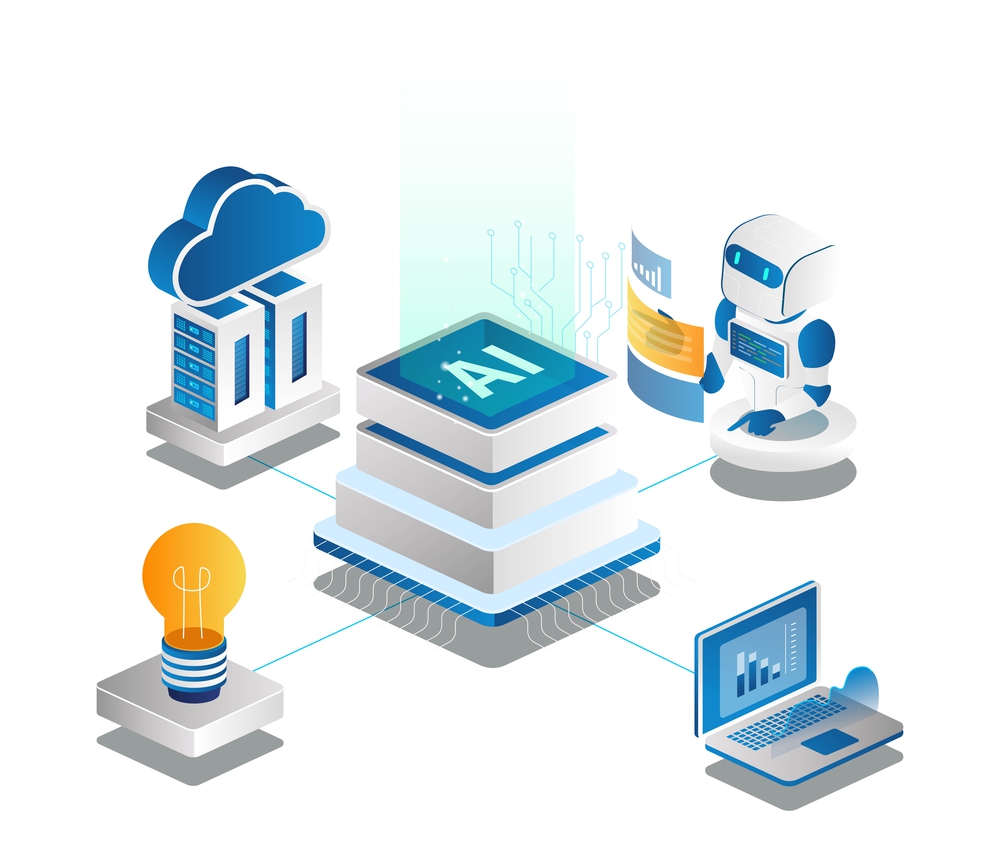As we navigate a rapidly evolving technological landscape, the way organizations train their workforce is undergoing a profound transformation. The incorporation of Artificial Intelligence (AI) into corporate training has become a game-changer, redefining traditional learning models and fostering a more interactive, personalized, and data-driven approach. AI is no longer a distant innovation; it is actively shaping how companies equip employees with the skills necessary to excel in today’s dynamic business environment.
The Need for Innovation in Employee Training
Employee training is a fundamental aspect of organizational growth, directly influencing efficiency, innovation, and workforce retention. However, traditional training methods often fall short in addressing the diverse needs of today’s workforce. Conventional classroom training, static e-learning courses, and generalized training content frequently lack engagement, flexibility, and real-time feedback. As a result, tracking individual progress and ensuring knowledge retention becomes a challenge.
Additionally, the rapid advancement of technology and shifting industry demands have led to an increased risk of skill gaps. To remain competitive, companies must adopt forward-thinking strategies by utilizing AI to build intelligent employee training systems that adapt to individual learning needs, facilitate ongoing development, and improve overall engagement.
How AI is Transforming Employee Training
Personalized Learning Experiences
A major advantage of AI-driven training is its ability to offer tailored learning experiences. AI-powered platforms analyze vast amounts of data, including an employee’s learning style, past performance, and skill deficiencies. Based on this analysis, AI generates individualized learning pathways, ensuring that employees receive content aligned with their specific needs. Unlike conventional one-size-fits-all approaches, AI-driven learning adapts dynamically, making the training process more relevant and effective.

Real-Time Feedback and Adaptive Learning
Traditional training programs often rely on periodic assessments, leading to delayed feedback. AI overcomes this limitation by providing immediate, data-backed feedback through intelligent corporate LMS systems. AI-driven virtual assistants, chatbots, and automated assessments facilitate interactive learning by offering instant clarifications, guiding employees in real-time, and recommending adjustments based on performance. This adaptive feedback loop enhances learning efficiency and engagement.
Immersive and Interactive Learning Environments
AI, in combination with Virtual Reality (VR) and Augmented Reality (AR), is revolutionizing training by introducing immersive, hands-on learning experiences. In sectors such as manufacturing, healthcare, and aviation, AI-driven simulations enable employees to practice complex tasks in a risk-free, virtual environment. Pilots can enhance their skills through AI-powered flight simulators, medical professionals can perform simulated surgeries, and customer service representatives can refine their communication techniques through AI-driven role-playing exercises. These interactive learning experiences make training more engaging and practical.
Data-Driven Assessment and Predictive Analytics
AI’s ability to analyze large datasets allows organizations to track and measure employee performance with greater precision. AI-powered analytics monitor learning progress, engagement levels, and knowledge retention over time. Advanced predictive models can identify patterns, foresee potential skill gaps, and recommend additional training to address them. Furthermore, AI-driven assessments go beyond traditional testing methods by incorporating behavioral analysis, gamification elements, and scenario-based evaluations for a more comprehensive performance evaluation.
AI-Enhanced Accessibility and Language Adaptation
As organizations expand globally, offering training in multiple languages is becoming a necessity. AI-driven language processing tools, including real-time translation and speech-to-text capabilities, make training content accessible to a diverse workforce. AI also enhances accessibility for employees with disabilities by providing automated subtitles, voice-controlled navigation, and adaptive learning interfaces, fostering a more inclusive learning environment.
Advantages of AI-Powered Training Systems
Beyond enhancing learning experiences, AI-driven employee training systems provide numerous organizational benefits. One key advantage is cost efficiency. AI-driven automation reduces the need for in-person instructors, printed materials, and travel-related expenses, significantly lowering training costs. Additionally, AI-powered platforms allow companies to scale training initiatives seamlessly, ensuring consistent learning experiences across multiple locations.

Another crucial benefit is the cultivation of a continuous learning culture. Unlike traditional training programs with rigid schedules, AI-powered systems facilitate ongoing skill development, enabling employees to stay updated on industry advancements. Many businesses are now integrating AI-driven tools with corporate LMS systems to streamline training efforts, improve learning efficiency, and promote a culture of lifelong learning.
Challenges and Considerations in AI-Driven Training
Despite its transformative potential, the integration of AI into corporate training is not without challenges. One significant concern is data privacy. AI-driven learning platforms collect and analyze extensive employee data, raising questions about security, transparency, and compliance with data protection regulations like GDPR and CCPA. Companies must implement strong data governance policies and clearly communicate how employee data is utilized.
The initial investment in AI-powered training infrastructure is another hurdle. Implementing AI-based solutions requires financial resources for software development, system integration, and administrative training. However, while the upfront costs may be substantial, the long-term benefits—such as increased productivity, cost savings, and improved employee retention—often justify the investment.
Additionally, gaining employee buy-in for AI-driven training programs is critical to their success. Some employees may resist AI-based learning due to concerns about automation replacing human instructors or fears of job displacement. Organizations can address these concerns by demonstrating how AI enhances training rather than replacing human interaction. A blended learning approach, which combines AI-powered tools with human mentorship, can help ease the transition and maximize engagement.
The Future of AI in Employee Training
The evolution of AI in training is an ongoing process, and its role in workforce development will continue to expand. Future advancements, such as AI-powered emotion recognition, adaptive storytelling, and hyper-personalized learning experiences, will further refine training methodologies, making them even more effective and engaging.
To fully leverage AI’s potential in training, businesses must adopt a thoughtful, ethical, and strategic approach. This includes continuously evaluating AI-driven training programs, ensuring inclusivity and fairness, and maintaining a balance between automation and human-centered learning. Ultimately, AI should act as an enabler—enhancing knowledge retention, improving training outcomes, and fostering a culture of continuous skill development.
Conclusion
The integration of AI into employee training is no longer an option but a necessity for businesses aiming to remain competitive. AI’s ability to personalize learning, provide real-time feedback, enhance interactivity, and deliver predictive insights makes it a powerful tool in workforce development. However, successful implementation requires a careful balance of technological innovation, ethical considerations, and human-centric approaches. By harnessing AI effectively, organizations can unlock new levels of training efficiency, inclusivity, and adaptability, empowering their workforce for the challenges of the future.